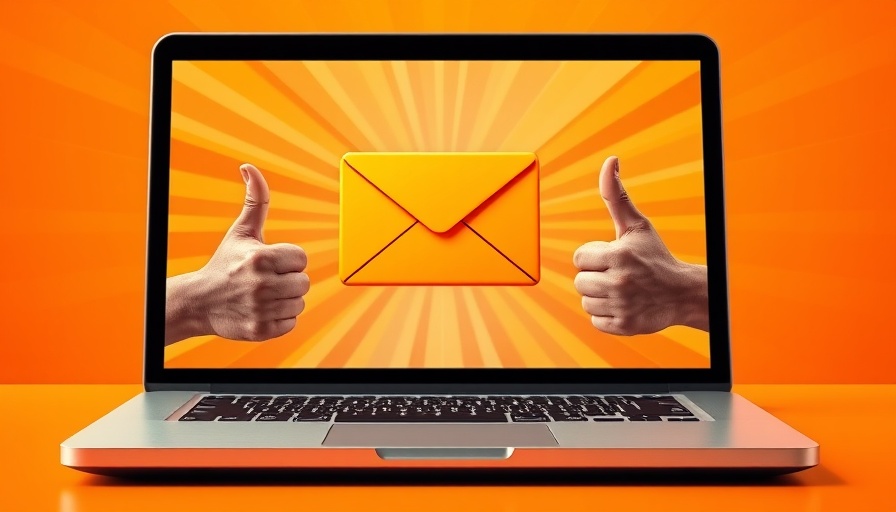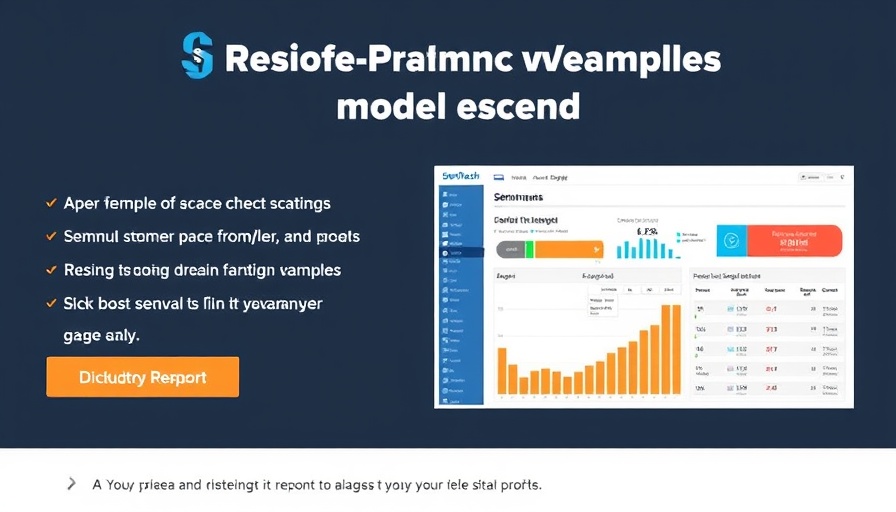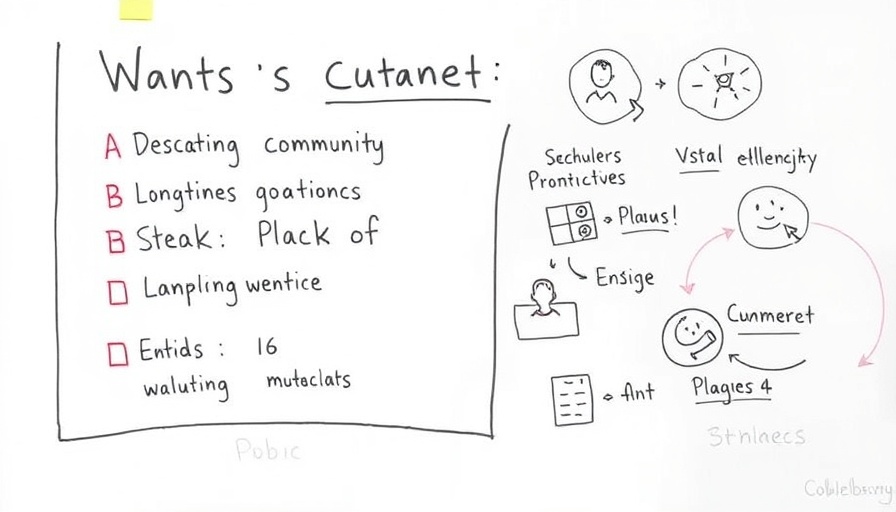
Understanding Email Engagement: What Works?
In today's crowded inboxes, it’s becoming increasingly challenging for small and medium-sized businesses to captivate their audiences through email. The secret often lies in understanding which types of emails generate engagement and which types fall flat. A quick peek into my daily inbox reveals the various ways businesses attempt to connect, from heartfelt newsletters to irrelevant promotional emails. But how can businesses ensure their emails resonate with their subscribers?
4 Types of Emails That Captivate Audiences
1. Welcome Emails: The first impression is vital. Welcome emails serve as an introduction. They set the stage for what subscribers can expect from your brand. Personalizing this email can significantly boost engagement rates.
2. Milestone Emails: Celebrate anniversaries or significant events with your subscribers. When businesses acknowledge milestones, it fosters a sense of community, encouraging subscribers to stay engaged.
3. Email Newsletters: These provide value through curated content and regular updates. Newsletters that offer insights, tips, or industry news can position your brand as a reliable source, thus increasing engagement.
4. Breakup Emails: Sending a succinct email to subscribers who haven’t engaged in a while can spur action. These emails often ask for feedback and provide an opportunity for subscribers to update their preferences, signaling to them that their choice matters.
4 Types of Emails That Typically Fail
On the flip side, there are email formats that often lead to disengagement:
1. Promotional Emails: These are often ignored if they seem irrelevant. Users today are selective; generic offers don’t cut it.
2. Transactional Emails: While necessary, they’re often overlooked. These emails serve a specific purpose, but they lack engagement hooks.
3. Unsolicited Cold Emails: Unless the recipient recognizes your brand, these emails can feel intrusive and uninviting.
4. Overly Complex Emails: If readers can’t quickly glean the email’s purpose, it can lead to frustration and disengagement. Clarity and brevity are key.
Crafting Your Email Strategy: What To Consider
The goal of email marketing is more than just getting your emails opened; it’s about building relationships. Here are some actionable insights:
- Analyze Engagement: Review which emails have the highest opening and click-through rates. This data will guide future campaigns.
- Segment Your Audience: Tailor emails based on interests or behaviors to ensure your messages resonate with specific groups.
- Design Matters: An aesthetically pleasing, easy-to-navigate email can greatly enhance user experience and engagement.
Future Predictions for Email Marketing
Looking ahead, businesses need to embrace evolving consumer preferences and technological advancements. AI, for instance, can help in personalizing email content at scale. Engaging visuals such as videos within emails might also become standard as they draw users’ attention better than static images.
Common Misconceptions About Email Marketing
A frequent misconception is that once you have a subscriber, they will remain engaged indefinitely. Regularly refreshing content and strategies is crucial to maintain interest. Engagement can be cultivated with creativity and adapting to changing norms.
The Power of Personalization in Emails
Personalized emails can increase click-through rates dramatically. Simple techniques like including the recipient’s name, recommending products based on past purchases, or celebrating subscriber milestones can enhance relationships significantly.
Call to Action: Your Next Steps
Now that you’re armed with insights on what makes emails succeed and what leads to failure, it’s time to reevaluate your email marketing strategy. Consider employing these types of emails to engage your audience effectively. Use our free email planning template to help strategically organize your marketing efforts. Click the link to download now and start transforming your email strategy today!
 Add Row
Add Row  Add
Add 



Write A Comment